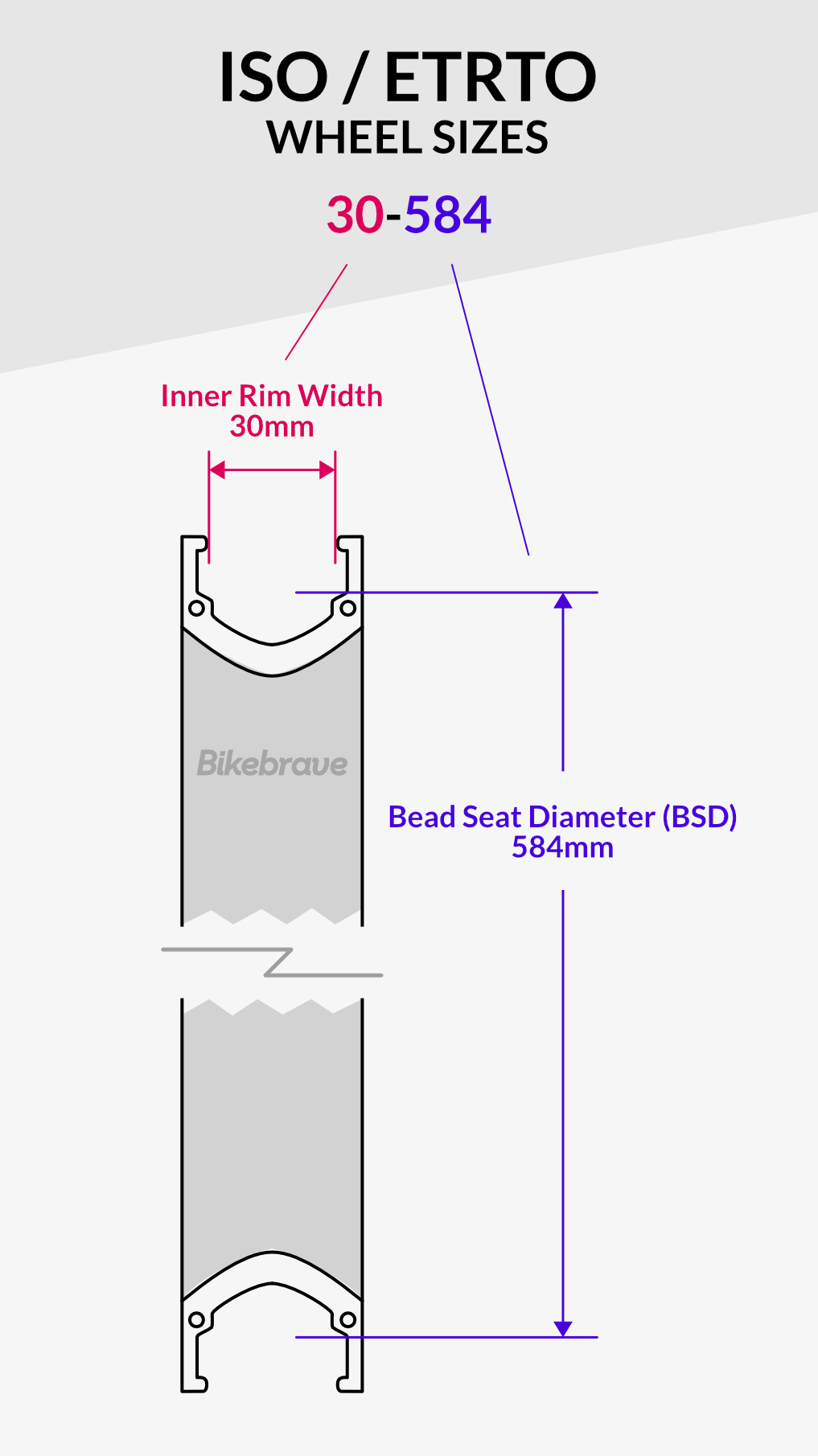


Where once tyres were defined in terms of outer diameter, the ETRTO concentrated on the diameter of the tyre bead and converted all measures from inches to millimetres. Having wrestled with the same issue for automotive tyres, the newly-formed European Tyre and Rim Technical Organisation (ETRTO) stepped in to standardise bicycles tyre and rim sizes in the late ‘60s. The ETRTO’s tyre nomenclature removes a lot of the confusion surrounding tyre and wheel sizes but most consumers are still unfamiliar with it. This led to some pretty profound incompatibilities when tyres were traded between nations because the nomenclature that had been developed did little to distinguish between incompatible rim/tyre combinations. With this in mind, tyre and rim manufacturers were quick to recognise that standardised rim and tyres sizes were needed to ensure the safe fit of tyres, but up until the 1960s, standards were only a national phenomenon. What actually keeps the tyre on the rim is a near perfect match between the diameter of the bead of the tyre and the rim where the tyre will sit. While those hooks look like they are designed to keep the tyre on the rim, they are more important for guiding it into place as it is inflated. The latter employed an inner tube and was easier to repair, but Michelin’s system was very heavy, so racers gravitated towards lighter tubular tyres.Īs work on the modern clincher progressed, it soon became apparent that the design of the rim had a critical role to play, which eventually led to the creation of the hooked rim profile that now defines clincher rims. Adhesive was an early solution embraced by Dunlop for its first tyres, while Edouard Michelin developed a detachable tyre that was clamped to the sides of the wheel rim. The major challenge for early inventors was keeping the tyre on the rim. Wrapping a balloon around a rim is not an easy thing to do. But for tyre manufacturers, safety remains a primary consideration for every new tyre that is created even as they work to improve weight, rolling resistance, grip, and puncture resistance. It has been well over 100 years since the pneumatic tyre was invented and for most cyclists, it is easy to take the safety and reliability of the system for granted. Australian tech editor Matt Wikstrom dives into the detail.

Both are fashioned after the markings that appear on automobile tyres and both provide crucial information for the safe use of the tyre. One set pertains to the dimensions of the tyre, while the other is concerned with inflation pressure. Take a look at the sidewall of any bicycle tyre and you’ll find a collection of numbers.


 0 kommentar(er)
0 kommentar(er)
